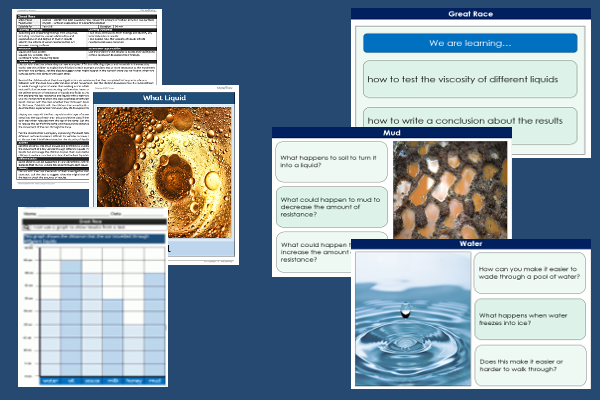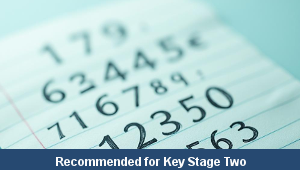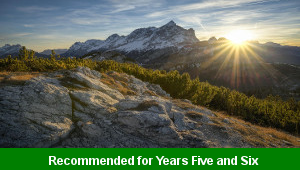Lesson Eight – Great Race

This science teaching pack for Key Stage Two gets the children to identify, describe and compare the best liquids that can be used to reduce the amount of friction that can occur between two surface materials.
The class can practise using a block graph to display and interpret results and measurements from their test about how water resistance can affect different materials.
Download this teaching pack including a lesson plan, classroom activities and an interactive presentation to identify, describe and compare the best liquids that can be used to reduce the amount of friction that can occur between two surface materials
Activities in this teaching pack include display posters to identify and describe the viscosity of a range of different liquids and fluids and a template to measure and record the distance that an object travels through different liquids using a block graph to present the results.
The interactive presentation can be used to explore and describe the best liquids that can be used to reduce the amount of friction between two surfaces.
This lesson is part of a science scheme of work to get the children to investigate, describe and test the effects of air and water resistance and friction on a range of different objects and materials presenting results using graphs and tables. There are teaching activities for shared learning, differentiated worksheets to support independent learning and interactive presentations to introduce concepts and key skills.
-

Maths Arithmetic Assessment
Assess abilities in solving arithmetic number problems for addition, subtraction, multiplication and division when working with informal and formal written calculations
-

Environment
Identify and describe some of the special landscapes and locations that can be found in the world and reflect on how they can be protected and preserved for the future
-

Silent Letter Words
Explore and illustrate the meanings and spellings of some different words with silent letters when using them in a range of topics and scenarios
-

Complaint Letters
Explain and model how to format and structure writing when composing letters of complaint about different issues and scenarios
